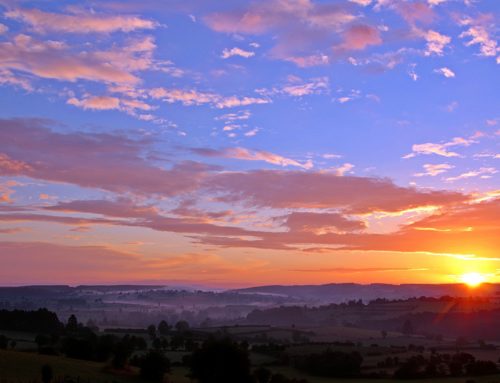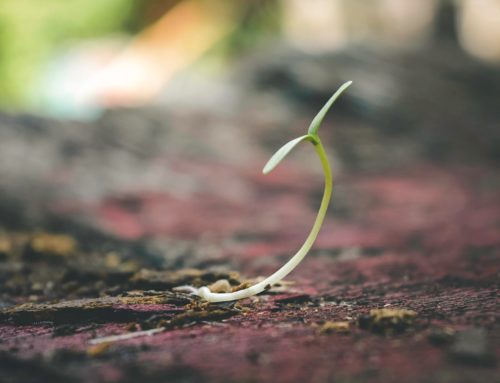One of the great privileges of ministry is sharing in people’s lives at significant moments, like baptisms, weddings and funerals. Some of the most profound engagements with people happen around these moments of transition. Last week our readings focused on the Baptism of Jesus and encouraged us to think more about what our own baptism means. Most of the baptisms that take place at St John’s are of babies or toddlers where parents have experienced the wonder of birth and now begin to work through the responsibilities of parenting. There is a lot of truth to the old proverb that it takes a whole village to nurture a child, and the church offers that kind of community whereby the whole congregation by their welcome and interest, by their faith and hope aim to offer a context of hospitality and welcome.
This week however we move on to weddings as we hear about the wedding of Cana in Galilee where Jesus and his disciples were invited. There can be a lot of sentimentality around weddings where emphasis is often put on the trimmings, but the church offers so much more, especially in understanding the nature of love as both a gift and a choice. I have always encouraged couples in their preparation to have a rehearsal where we walk through what will happen on the day. Getting married is such a big step to take and I have often found that a rehearsal plays the role of a safety valve where tensions can be released. It’s common for there to be both tears and laughter at a rehearsal, and also a sense of calm at the end of it all. You may be surprised to know that the tears are more often from the groom rather than the bride – tears of joy and love in making profound vows of loyalty and faithfulness.
It’s no wonder that Jesus’ favourite image of the Kingdom of God appears to be that of the wedding banquet where that faithfulness and joy are celebrated. In our Gospel reading what everyone remembers most is the miracle of changing water into wine, where Jesus saves the day to the relief not only of the host but also of the caterers in which Jesus’ mother Mary appears to have a role. What is less known is why this story is included and what it all means.
John’s Gospel is a book in two parts. The first part has been described as the Book of Signs, and the second, the Book of Glory. The seven signs all point to Jesus and are designed to make us wonder and lead us to faith. The very first sign is the changing of water into wine. In the Bible wine is often used as a symbol of joy and celebration, so a wedding without wine would be a disaster. Taking the huge stone jars used for washing people’s feet as they come to the wedding, purifying the guests as they enter the celebration, Jesus tells the stewards to fill them again with water – the gift of life – and then take a cup to the chief steward to taste. Tasting the wine the chief steward’s eyes widen in surprise because this wasn’t just wine – it was the very best he had ever tasted. Why keep the best till last and how can there be so much of it left over?
It’s a story about Jesus that stretches our ideas of God. The wine is a symbol of Jesus himself who has come not just to purify us and make us holy but to fill us with joy. In one of the key verses in the gospel of John, Jesus says, ‘I have come that you might have life and have it abundantly.’ The abundance of wine gives practical expression of that abundance and the sheer generosity of God in sending Jesus among us. The story teaches us that there will always be more to God than we will ever know, but one of the marks or signs of God’s presence is where generosity, joy and life abound.
Peter





